 Shutterstock
Shutterstock
Dogs are known for their quirky bedtime routines, and one of the most common and endearing behaviors they display is spinning or circling before settling down to sleep. While it might seem funny or puzzling to watch, this behavior actually has deep-rooted instincts that trace back to their wild ancestors. These pre-sleep spins can serve multiple purposes, from ensuring comfort to marking their territory and even aiding in survival. Observing a dog’s spinning ritual can reveal fascinating insights into their instincts, health, and need for security.
Tapping Into Their Ancestral Instincts
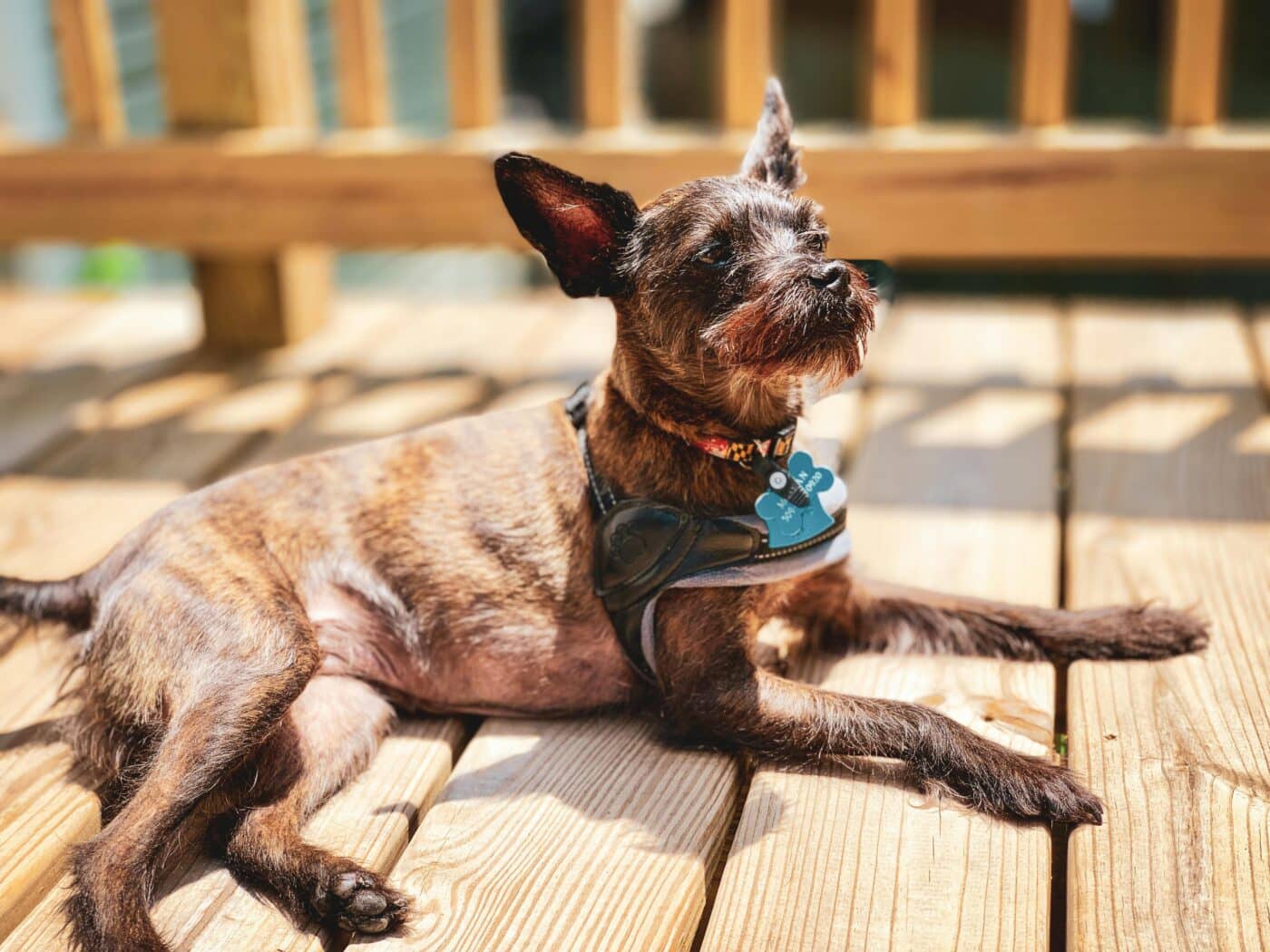 Shutterstock
Shutterstock
One of the primary reasons dogs spin before lying down is rooted in their ancestry. Wild dogs and wolves, from whom our modern dogs descended, would circle their sleeping area to pat down grass, leaves, or snow, creating a comfortable spot to rest. This spinning habit was crucial for survival, as it helped them settle in an area that was both cozy and secure. Modern dogs still carry these instincts, and even though they’re surrounded by comfy beds and blankets, they often spin as a way of tapping into that natural urge to create a safe, comfortable space for rest.
Creating a Comfortable Sleeping Spot
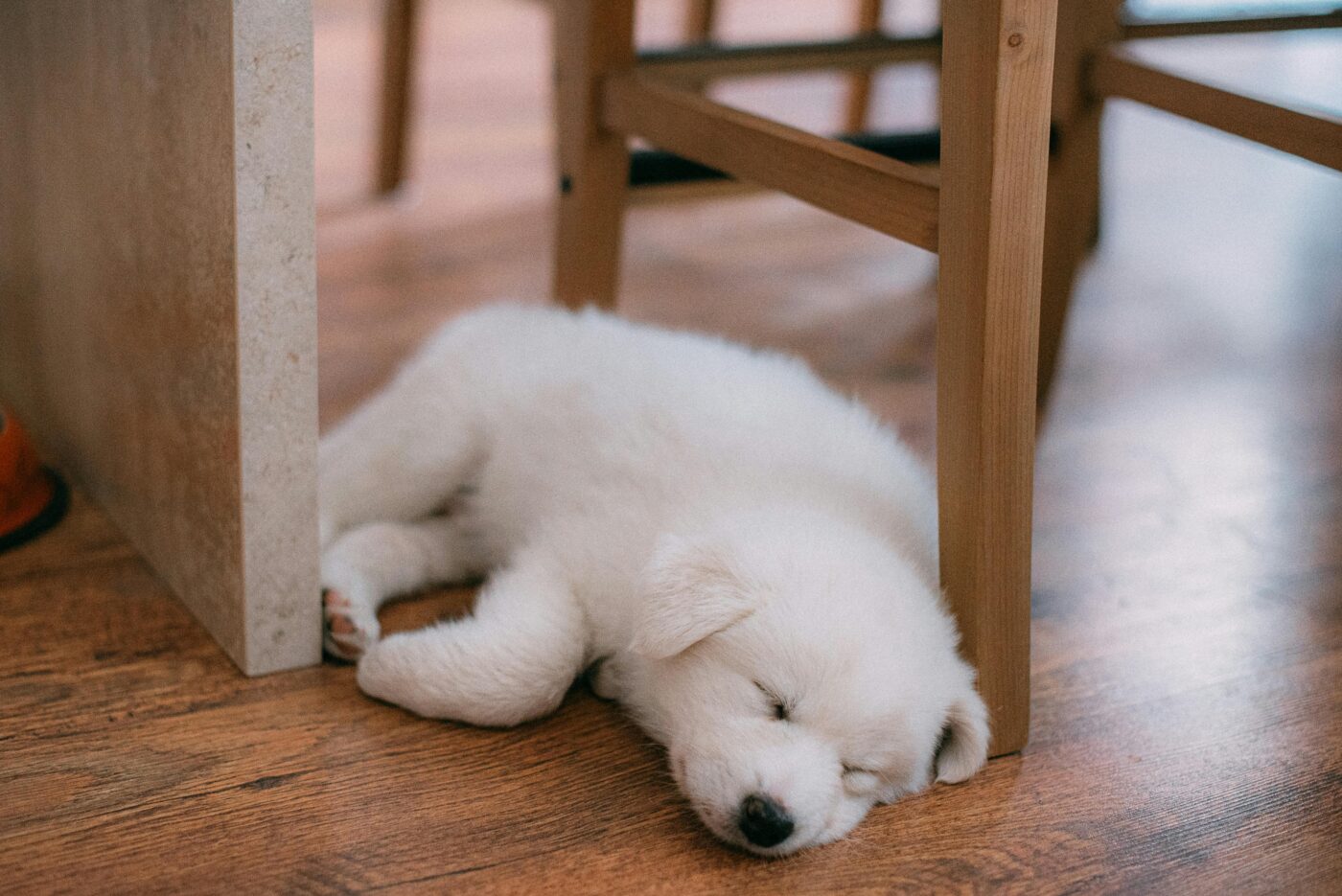 Shutterstock
Shutterstock
Spinning before sleep helps dogs find the most comfortable position. Just as humans might fluff a pillow or adjust a blanket, dogs spin to ensure they’re settled in the ideal spot. This habit might involve sniffing, pawing, and circling around, all actions that help dogs adjust their bed to their liking. The spinning motion allows them to find the best alignment and temperature for a good night’s sleep. Dogs are sensitive to texture and comfort, so a few spins are their way of making sure everything is just right before they settle in.
Marking Their Territory
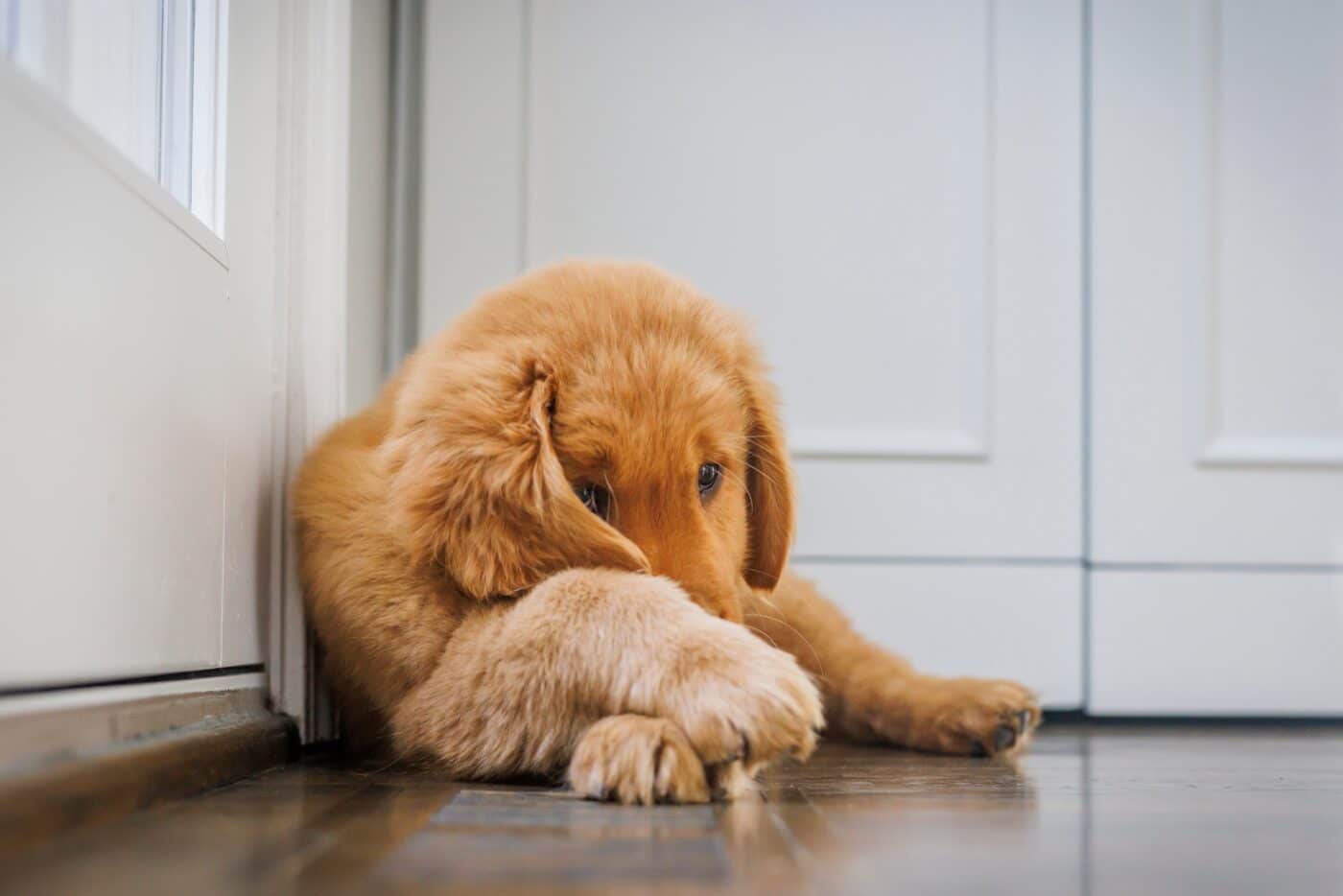 Shutterstock
Shutterstock
Spinning can also be a form of marking territory. When dogs circle before lying down, they’re instinctively spreading their scent around their chosen sleeping area, essentially claiming it as their own. Dogs have scent glands in their paws, so as they circle, they’re leaving traces of their unique smell, which signals that this space is occupied. This habit is particularly important in multi-pet households, as each dog may spin to reinforce their claim on their favorite sleeping spot. This territorial marking behavior is yet another ancestral trait that lingers in our domesticated pets today.
Ensuring Safety and Awareness
 Shutterstock
Shutterstock
In the wild, survival depended on constant vigilance, especially during vulnerable times like sleep. For wild dogs and wolves, circling allowed them to survey their surroundings before finally settling down. This routine provided a sense of security, as it allowed them to check for potential dangers or threats before dozing off. Although domesticated dogs don’t face the same threats, the habit remains a part of their behavior. By spinning, they’re instinctively creating a safe environment, even if it’s in the middle of a cozy living room. This ritual gives them a sense of awareness and control over their surroundings, adding to their overall comfort.
Regulating Body Temperature
 Shutterstock
Shutterstock
Spinning before sleep may also help dogs regulate their body temperature. In the wild, circling would help flatten grass or snow, creating an insulated sleeping area to stay warm during cold weather. In warmer climates, dogs might dig or turn to find a cool spot in the ground to avoid overheating. Domesticated dogs have inherited this behavior, and their spinning may indicate they’re trying to find the right temperature for comfort. This instinct-driven habit helps dogs adapt to varying temperatures, whether they’re on a soft bed or a cool tile floor.
Preparing Their Muscles for Relaxation
 Shutterstock
Shutterstock
Another theory suggests that spinning before sleeping helps dogs stretch and prepare their muscles for relaxation. Just as people stretch or adjust their posture before lying down, dogs spin to relieve any tension in their muscles and prepare their bodies for rest. Circling allows them to settle into a comfortable position that doesn’t put pressure on their joints, which is especially important for larger or older dogs. This behavior shows how attuned dogs are to their physical comfort, using spinning as a way to ease into a restful state.
Exploring Different Sleeping Positions
 Shutterstock
Shutterstock
Dogs are known for their variety of sleeping positions, from curling up in a ball to sprawling out on their backs. Each position can indicate different levels of relaxation or comfort, and spinning helps dogs find the best position to suit their needs. Some positions help them retain heat, while others offer a more open and relaxed posture. By spinning, dogs can evaluate their options and settle into the position that feels most natural. This flexibility is key to their comfort, allowing them to adapt their sleep style depending on their mood or environment.
Checking for Hidden Objects or Pests
 Shutterstock
Shutterstock
Before lying down, dogs may spin to ensure their sleeping area is free of hidden objects, pests, or uncomfortable debris. This habit is particularly noticeable in outdoor settings, where a dog might spin several times to inspect the ground before resting. The act of spinning allows dogs to examine the area from multiple angles, making sure no surprises are lurking underfoot. Even indoor dogs exhibit this behavior, as they instinctively check that their bed is clean and safe. This action highlights their attention to detail and their desire for a secure resting spot.
Expressing Excitement and Anticipation
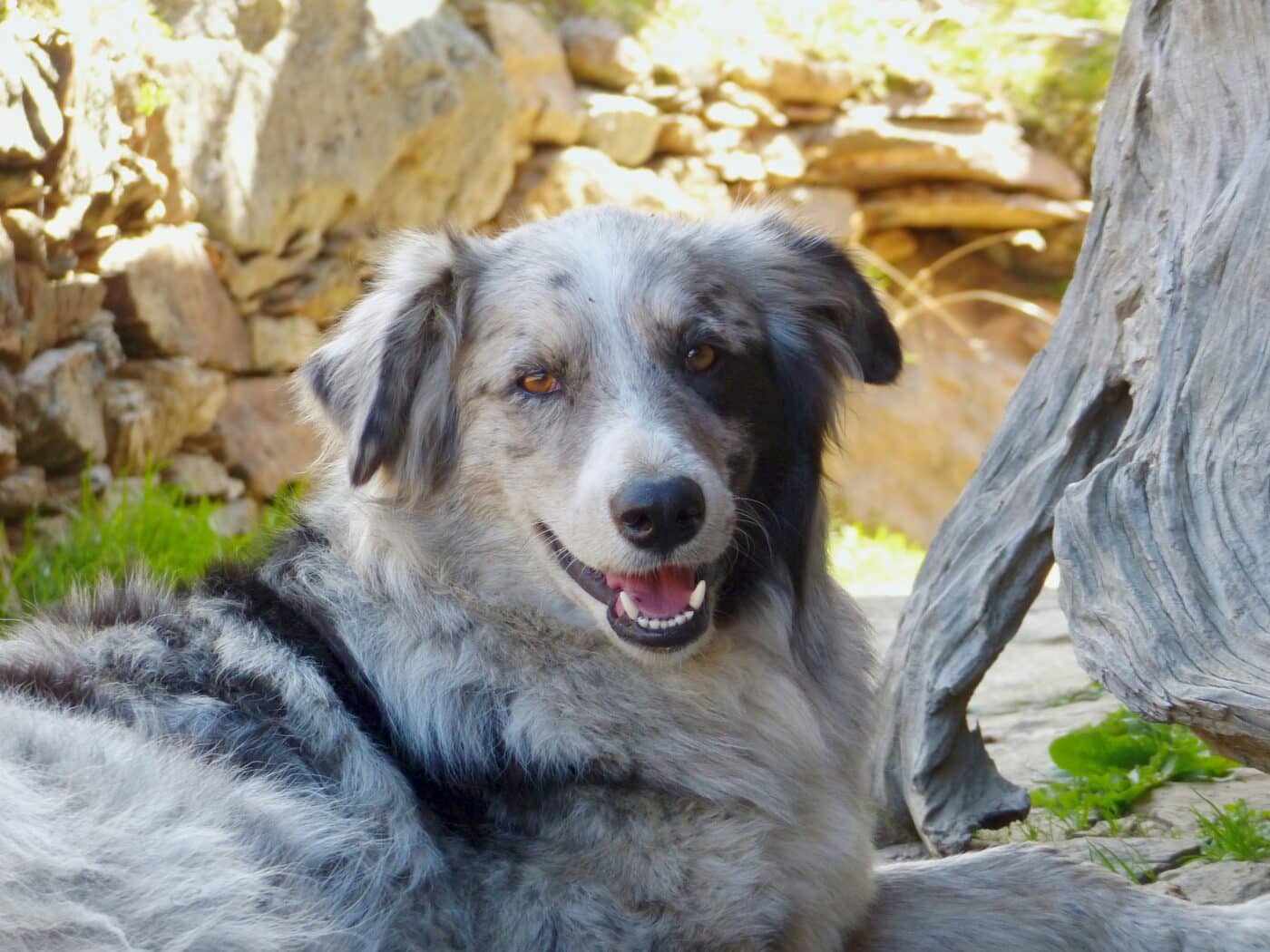 Shutterstock
Shutterstock
In some cases, spinning before sleep might simply be an expression of excitement. For dogs, sleep is a time for relaxation, but getting ready for bed can also be a moment of joy and satisfaction. Just as some dogs get excited when it’s time for a walk or meal, they may feel a sense of contentment when preparing to sleep. A few spins are their way of showing happiness as they anticipate a cozy rest. This habit underscores the comfort and joy dogs feel in their safe sleeping space, making bedtime a rewarding part of their daily routine.
Reinforcing a Bedtime Ritual
 Shutterstock
Shutterstock
Dogs are creatures of habit and find comfort in rituals, including pre-sleep routines like spinning. These familiar rituals provide a sense of consistency and security, especially in environments with structured routines. The act of spinning before bed becomes a calming ritual that helps signal to dogs that it’s time to settle down. This routine reinforces a sense of comfort, letting dogs feel more at ease as they transition into sleep. Just as humans have bedtime routines, dogs have their own practices that contribute to a peaceful, restful night.
Showing Signs of Anxiety or Restlessness
 Shutterstock
Shutterstock
In some cases, spinning can be a sign of anxiety or restlessness rather than a natural bedtime routine. Dogs experiencing anxiety may spin excessively before lying down, unable to relax or settle. This behavior might be seen in dogs who are unfamiliar with their environment or who feel stressed. If spinning seems excessive or is accompanied by other signs of discomfort, it’s worth paying attention to possible sources of anxiety. A calm environment, reassuring routines, and a cozy space can help alleviate stress and make bedtime more soothing for anxious dogs.
A Dog’s Bedtime Dance
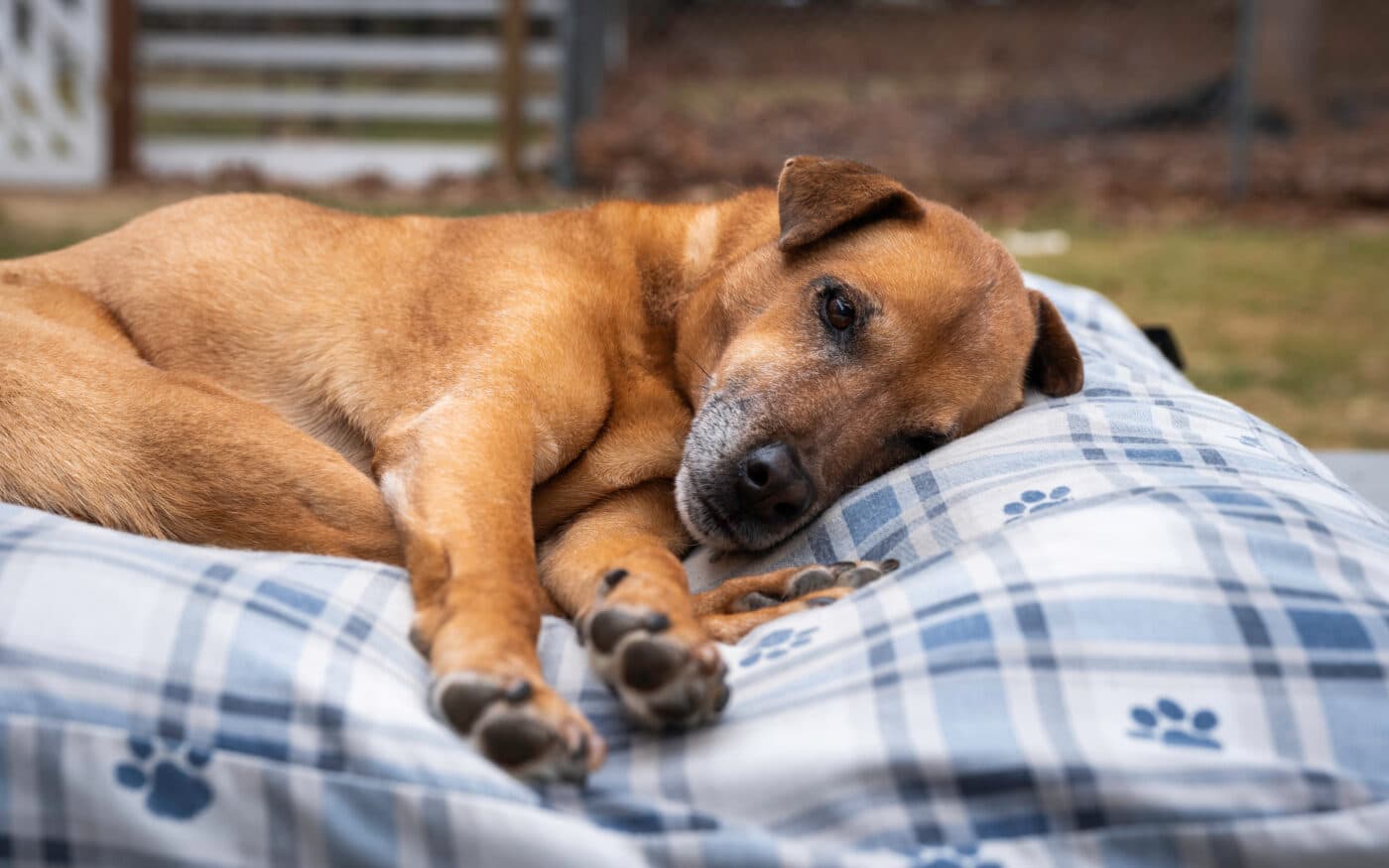 Shutterstock
Shutterstock
A dog’s pre-sleep spin is a charming ritual rooted in instinct, comfort, and maybe even a bit of excitement. This nightly dance, inherited from their wild ancestors, helps them create the ideal sleeping spot and brings a sense of satisfaction before they drift off. So, the next time you see your dog spinning in circles before lying down, remember it’s more than just an adorable habit—it’s their way of ensuring everything is just right for a restful slumber. In their way, they’re putting on the perfect pre-bedtime show!
 Toledo, United States.
Toledo, United States.